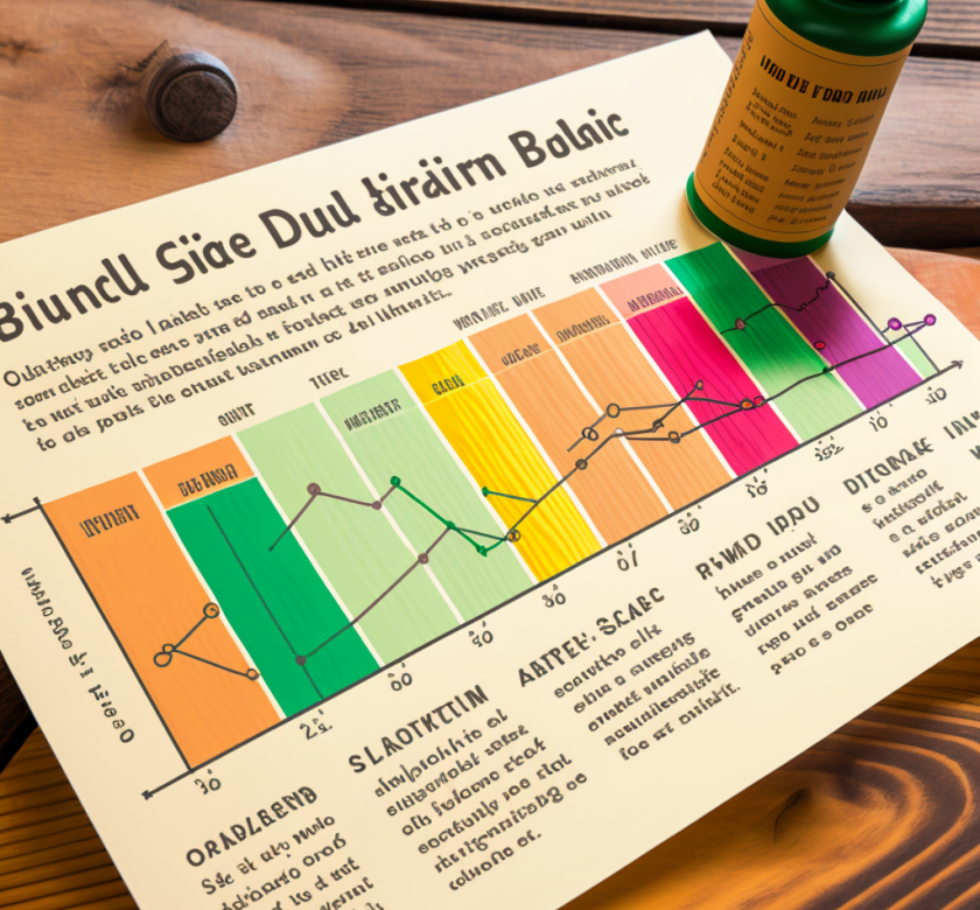“I truly believe technology and providing all the insights that we can through AI and machine learning is the next frontier to reduce those fatalities in the future.” –Mike Arellano, Deputy District Director for TxDOT’s Austin District.
At Front Line Advisory Group (FLAG), we often emphasize our commitment to building robust infrastructure that enhances community safety and efficiency. While much of our work focuses on Capital Infrastructure program management and controls, it’s important to highlight the innovative steps being taken by other organizations in our field. Today, we want to spotlight the Texas Department of Transportation (TxDOT) and their pioneering use of technology to improve pedestrian safety.
Addressing a Critical Issue
Pedestrian traffic deaths nationwide have recently shown a slight decrease, yet they remain at near historic highs. This ongoing issue leaves many transportation officials and safety advocates searching for solutions to reverse the trend. Texas, in particular, faces significant challenges, with the state holding the second-highest pedestrian fatality rates in the country, according to preliminary data from the Governors Highway Safety Administration.
Beyond Infrastructure: Embracing Technology
While traditional methods like reconfiguring roads, repainting crosswalks, and adjusting traffic light timings are crucial, TxDOT is looking beyond these measures to incorporate emerging technologies aimed at enhancing road safety. Mike Arellano, deputy district director for TxDOT’s Austin District, highlighted the integration of artificial intelligence (AI) and machine learning as key components in their strategy to reduce fatalities.
Intelligent Transportation Systems
TxDOT has rolled out intelligent transportation software to collect and analyze data from multiple sources, including state and local agencies, connected vehicles, stoplights, and other sensors. This comprehensive data collection helps traffic engineers identify safety hotspots by monitoring where drivers frequently brake abruptly or accelerate quickly.
For instance, poorly timed traffic lights at intersections often lead to dangerous driving behaviors, such as speeding up to beat a red light. Identifying and fixing these issues manually can be time-consuming. However, the intelligent software allows for a more proactive approach by pinpointing problem areas more quickly and efficiently.
Impact and Results
The implementation of these technologies has already shown promising results. Arellano reported a 29% reduction in secondary crashes—those occurring near an initial crash site due to distractions or other factors. Additionally, the improved data analysis has allowed for faster clearance of roadways following accidents, reducing the average time to restore normal traffic flow by 44 minutes.
Future Applications
Scott Carlson, senior vice president for mobility professional services at Iteris, and Paul-Matthew Zamsky, vice president for strategic growth at Rekor, both emphasized the potential of AI-assisted approaches. By continuously analyzing traffic data, these systems can automatically address issues like signal timing and provide insights for further safety improvements.
Challenges Ahead
Despite the advancements, several challenges remain. The successful deployment of these technologies relies heavily on robust broadband internet connectivity, which is unevenly distributed across the country. Moreover, many transportation departments struggle with asset management, making it difficult to determine which infrastructure elements need technological upgrades.
FLAG’s Commitment
At FLAG, we are inspired by TxDOT’s efforts and are committed to incorporating similar innovative solutions in our projects. Our focus remains on delivering infrastructure that not only meets the highest standards of quality but also enhances the safety and well-being of our communities.
In conclusion, while our primary focus at FLAG is on managing and delivering top-tier infrastructure projects, it’s essential to acknowledge and learn from the technological innovations spearheaded by organizations like TxDOT. Their efforts in utilizing technology to make pedestrian pathways safer align with our mission to revolutionize the construction industry and transform client expectations. By embracing these advancements, we can work towards creating safer, more efficient, and technologically integrated transportation systems for all.
At Front Line Advisory Group, we manage Capital Improvement programs to ensure they are completed on time and within budget. We make sure every dollar is used wisely to improve our community. For more information or to start your project, contact us at info@frontlineadvisorygroup.com.
Reference:












